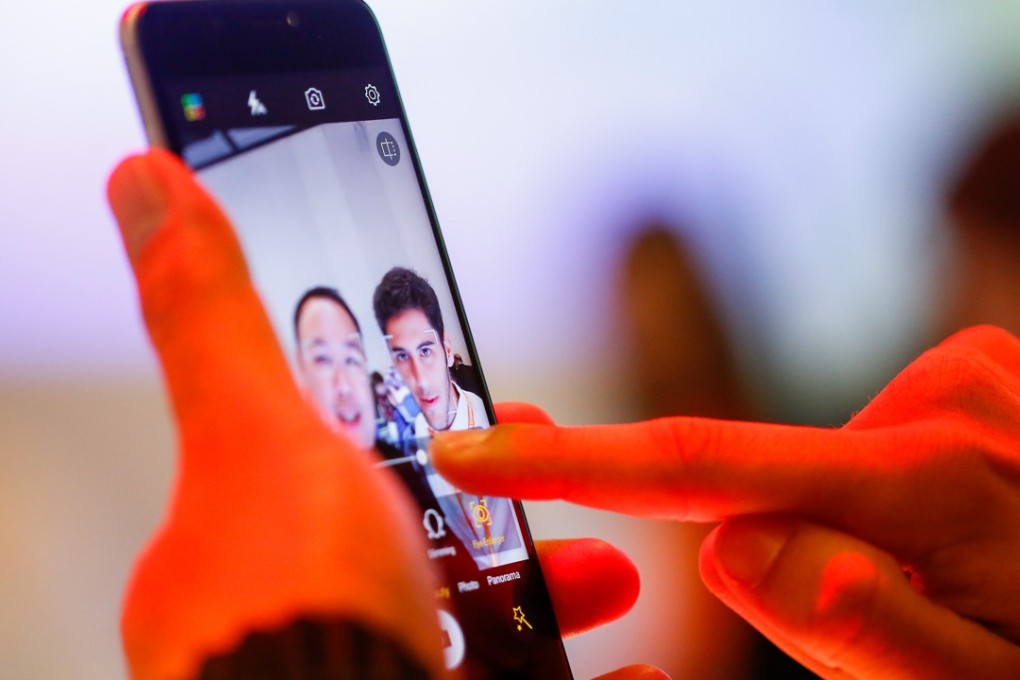China’s cutthroat smartphone market is coming down to a handful of major brands
Slowing demand is threatening Chinese smartphone companies like Gionee, Coolpad and LeEco, all of which mainly rely on domestic sales

Consumers in China are waiting longer for more significant upgrades in features before replacing their smartphones, contributing to a slowdown in sales in the world’s largest mobile handset market.
Major Chinese smartphone firms are expected to increase their combined market share on the mainland this year, with the gains coming at the expense of small suppliers after the country recorded its first decline in smartphone shipments last year.
“More of the smaller smartphone players will be forced to exit the market in 2018 as we expect handset shipments in China to continue declining,” said Tay Xiaohan, a senior market analyst at technology research firm IDC.
Smartphone sales in China are dominated by the top five brands – Huawei Technologies, Oppo, Vivo, Xiaomi and Apple – with a 77 per cent share of the market, up from 67 per cent in 2016, according to Counterpoint.
These larger, deep-pocketed Chinese smartphone suppliers have won a big chunk of the market through aggressive marketing, more attractive handset designs and features, and by offering a wider array of models available in a range of prices to entice both younger and affluent buyers.
That leaves an estimated 200 Chinese smartphone companies to fight for the scraps. Just two years ago, there were as many as 300 of these firms offering inexpensive, knock-off handsets.